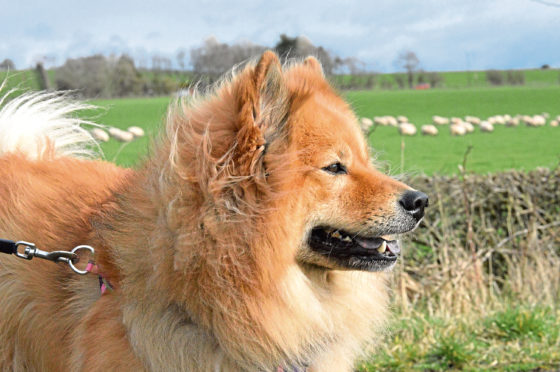Farm leaders have welcomed plans to introduce fines of up to £5,000 or six months’ imprisonment for people who fail to stop their dogs attacking livestock.
NFU Scotland (NFUS) has welcomed the introduction of a member’s bill in the Scottish Parliament by south of Scotland MSP Emma Harper.
The bill, which is currently waiting to enter stage one at Holyrood, would extend the livestock worrying offence to cover additional types of farmed animal.
It would also widen the definition of worrying to include chase, attack and kill.
The bill would increase the maximum penalty for livestock worrying to a fine of £5,000 or imprisonment for six months, and allow courts to ban a convicted person from owning a dog or allowing their dog to go on agricultural land.
It would also give police greater powers to enforce livestock worrying offences, including being able to go on to land to identify a dog, seize it and collect evidence from it.
“As well as the legalities of the bill, I want it to be the catalyst for educating the public about the importance of having their dog under control when near livestock and for people to understand the severity of livestock being chased, attacked and killed,” said Ms Harper.
“The consequences of the offence can be both emotionally and financially detrimental to farmers and it is only right that the penalties of the crime reflect this.”
NFUS president Andrew McCornick encouraged politicians to back the bill and said: “Current penalty levels and associated legislation have not presented enough of a deterrent to prevent reckless dog owners from allowing their dogs to carry out livestock attacks.”
He added: “We also want the Scottish Government to introduce further powers to ensure that victims of livestock worrying can receive full compensation for their actual losses.
“Given the impact that such attacks can have on livestock businesses, we think that full compensation is wholly appropriate.”
Scottish Conservative MSP for the north-east, Peter Chapman, welcomed the bill and said Police Scotland figures show police in the north and north-east were called out to more than 240 cases of dogs worrying livestock between 2014 and 2019.
He said: “The figures show how seriously we should take livestock worrying. Any new bill should look to protect farmers and their animals.”
